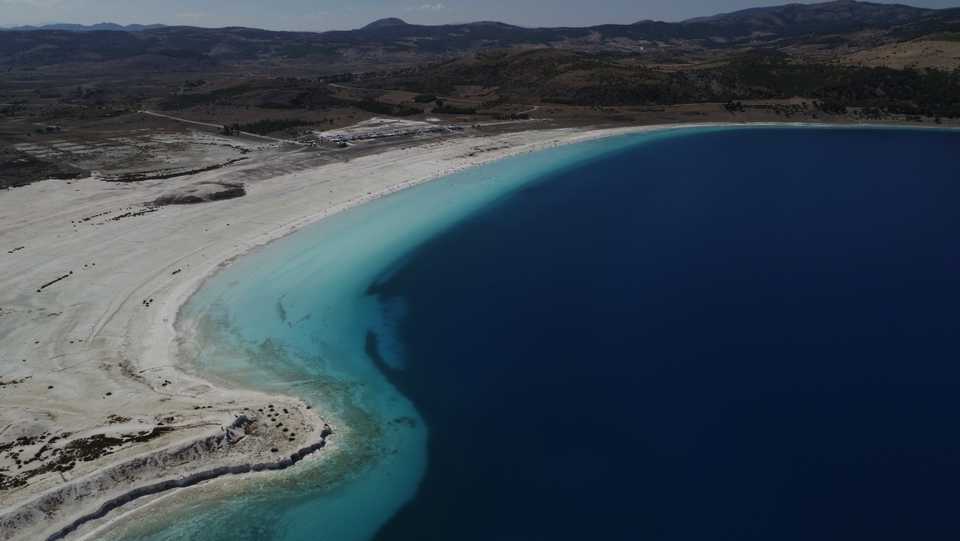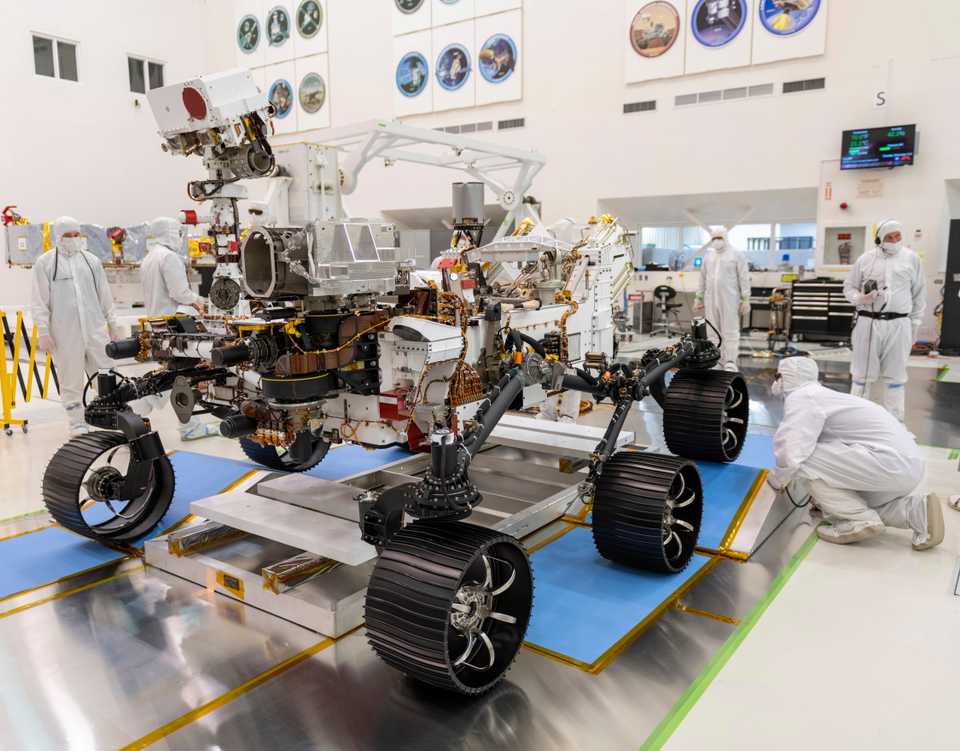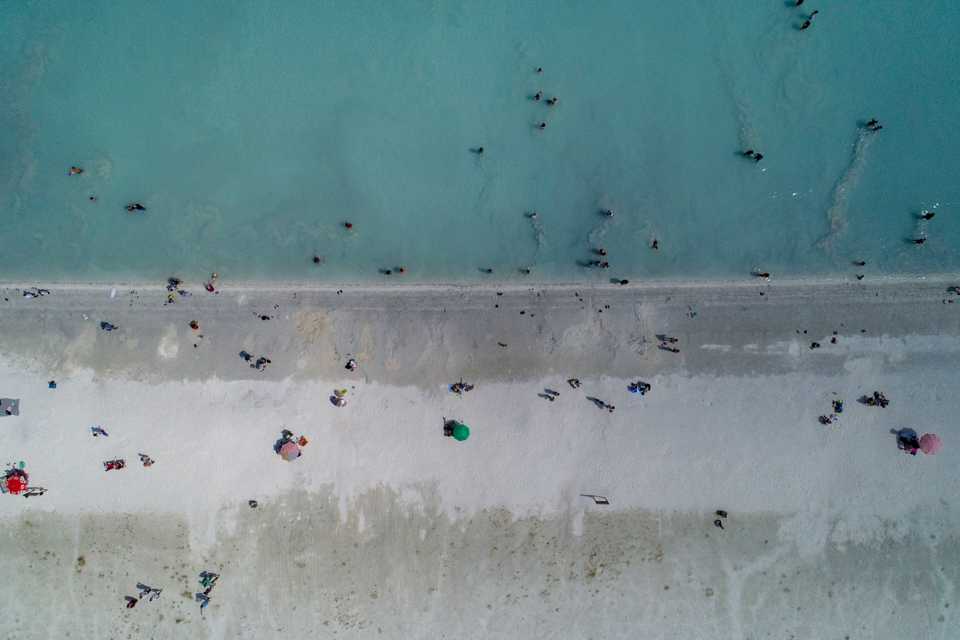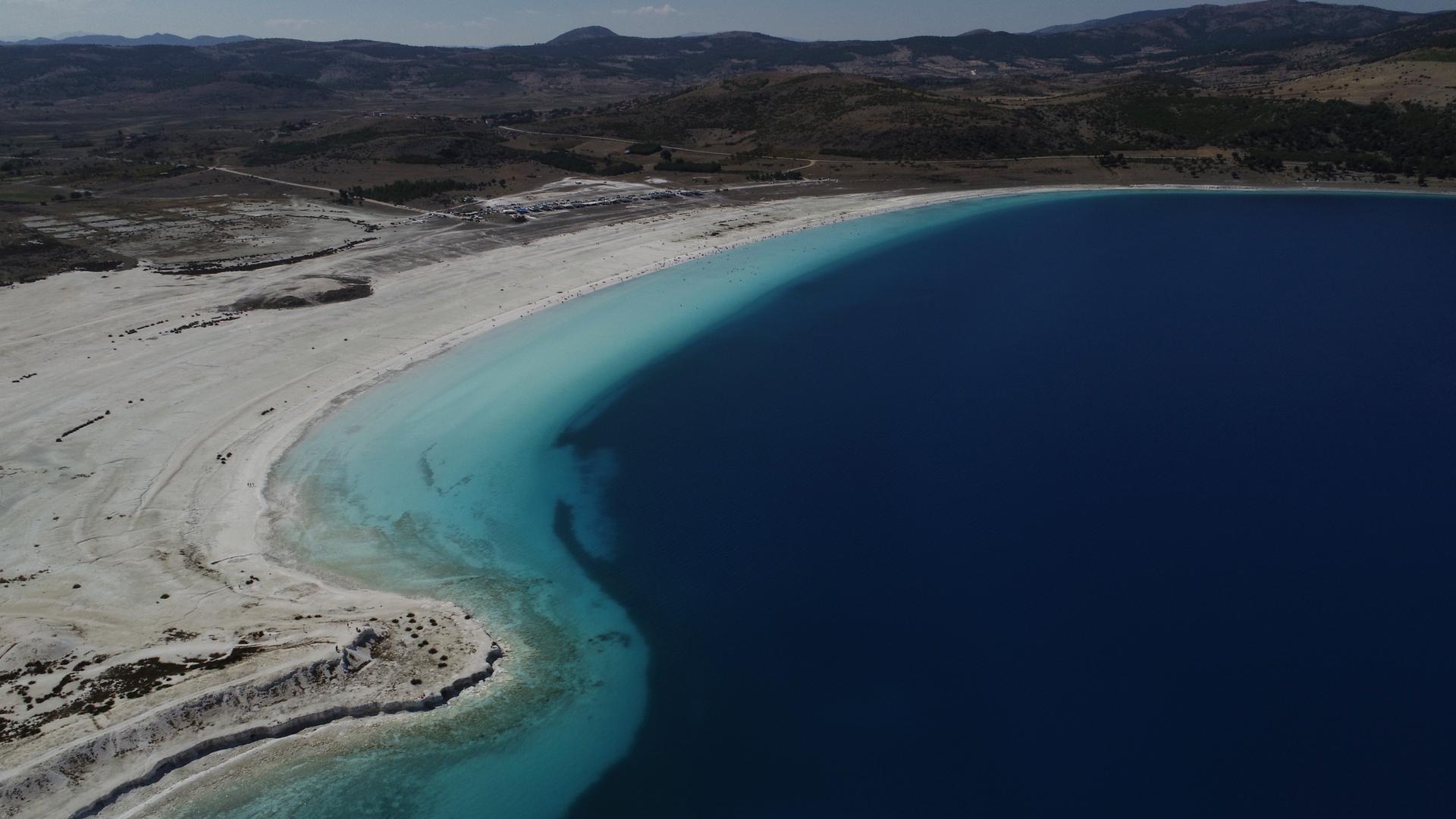
Similarities between a lake in southwestern Turkey and the Jezero Crater on Mars have captured the interest of US National Aeronautics and Space Administration (NASA) in its research on possible life on the Red Planet.
The mineral makeup between the Martian crater and Lake Salda in Turkey’s Burdur province was established with morphological and remote sensing, Candan Gokceoglu, a professor of geological engineering at Hacettepe University in Turkey’s capital Ankara, told Anadolu Agency.
The 45 km wide Jezero Crater is the planned landing site for NASA’s Perseverance rover in February when it will begin a mission set to last for one Mars year, the equivalent of 687 Earth days. The depression is thought to have been home to a large lake — and perhaps microbial life — according to the space agency.

READ MORE: NASA launches new Mars rover to look for signs of ancient life
Gokceoglu, who is also a member of Turkey’s Environmental and Natural Assets Science Board, recalled a recent Twitter post by NASA on Friday, in which it pointed out the similarities between Jezero and Salda.
“Though located a world away, Lake Salda, #Turkey, has geological similarities to Jezero Crater on #Mars. In fact, researchers even did field work at Lake Salda to prepare for #CountdownToMars,” it said, juxtaposing top-view images of Jezero and Salda.
“You may not be able to travel to Jezero Crater on Mars, but you can visit the next best thing: Lake Salda, Turkey,” said NASA’s Earth Observatory.
Though located a world away, Lake Salda, #Turkey, has geological similarities to Jezero Crater on #Mars. In fact, researchers even did field work at Lake Salda to prepare for #CountdownToMars and @NASAPersevere. https://t.co/jrKoWrbVwe pic.twitter.com/xB2GGgYfbr
— NASA Earth (@NASAEarth) July 30, 2020
“Though it is located a world away, Lake Salda shares similar mineralogy and geology as the dry Martian lakebed.”
Gokceoglu explained that scientists had found similarities between a kind of sediment found in Salda that is formed by algae — microorganisms critical to the creation of suitable atmospheric conditions for life formation — and minerals detected in Jezero.
NASA is now trying to understand if Mars is now similar to the way Earth was 3.5 billion years ago, he said.
“So, the samples that the spacecraft will bring to Earth about whether there is really activity of primitive lifeforms will provide a full understanding of this,” he said.
Environmental preservation
Emphasising that Lake Salda is unique both visually and scientifically, Gokceoglu stressed that it must be conserved for its scientific value as well.
He noted that Salda is under the highest conservation regime an is dubbed a “Special Environmental Protection Area.”
“We shouldn’t just leave the protection activity to the state, we as individuals should do our part.”
Salda may become more popular in the world in mid-2022 following the research conducted by NASA’s Perseverance rover, he added.

“If it is truly mineralogically similar, then human beings will be able to say, ‘Now, Mars is 3.5 billion years younger than the earth, it’s on its way to become a planet like Earth.'”
He said the research on the Mars samples and Salda would be “the most important proof of this.”
Also known as Turkey’s Maldives, the lake in Turkey’s central Burdur province has been a popular destination for tourists in recent years with its white beach and clear water.










Discussion about this post